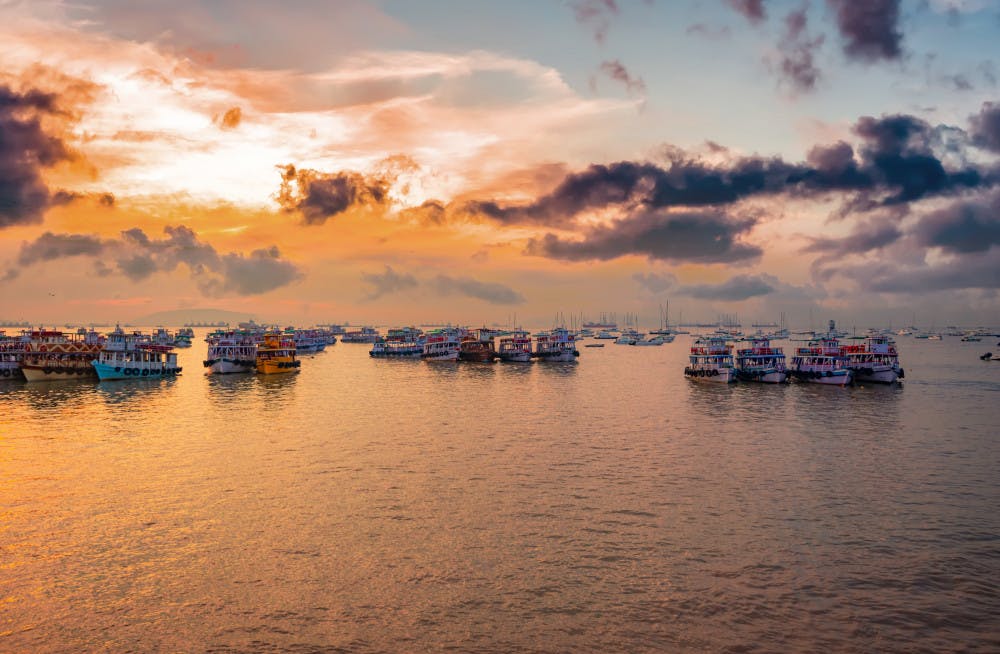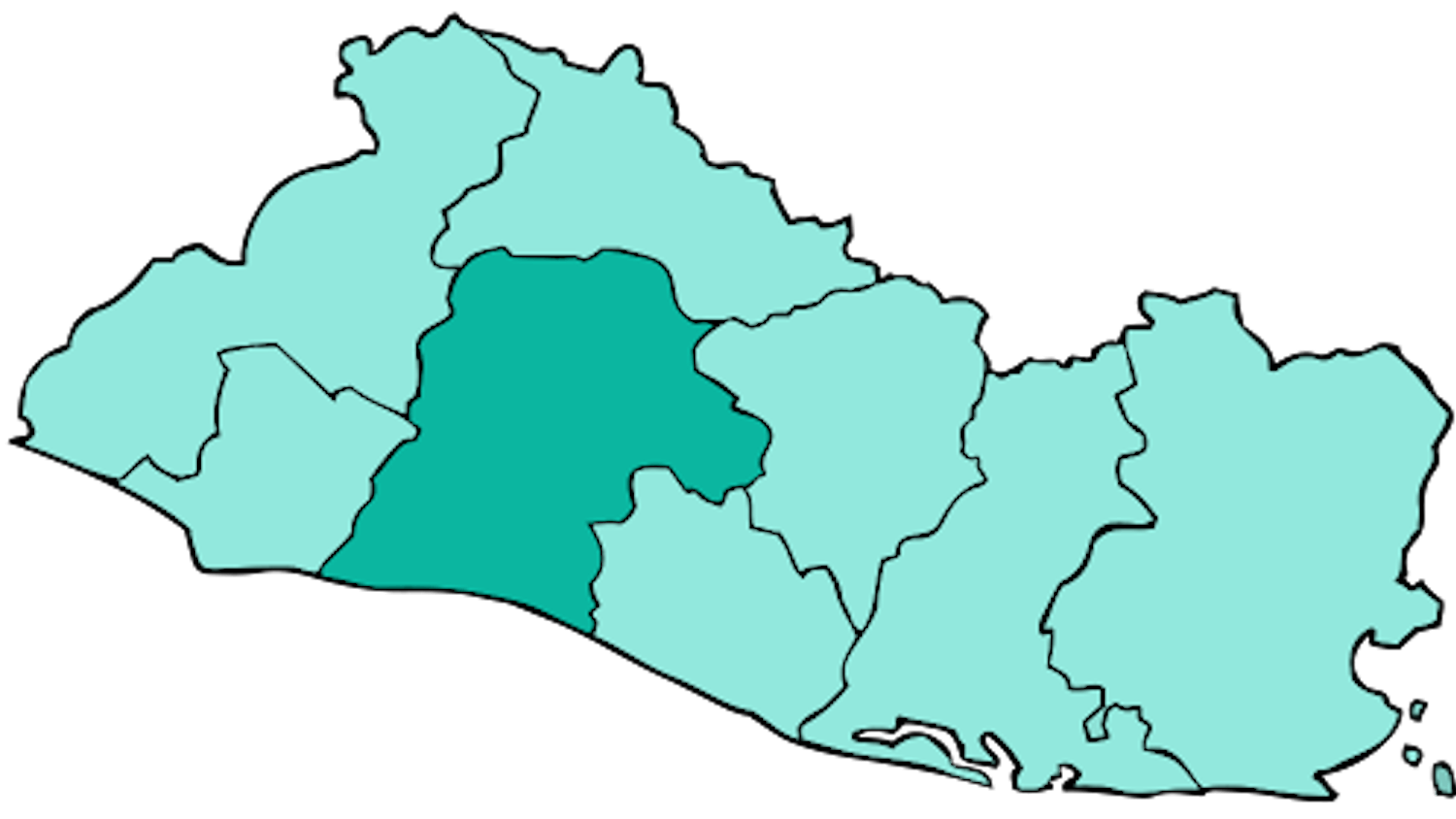By Danielle Silvia
Columnist
On Friday, May 3 at approximately 8 a.m., Cyclone Fani struck the east India coast near the Puri district in the state of Odisha, according to CBS News.
By that night, Fani struck the highly-populated state in India with rain and wind gusts of over 125 mph. However, the storm showed signs of weakening as of the same evening, according to The New York Times. Before the storm hit, India and Bangladesh evacuated over a million people residing in the coastal areas at danger. Despite the evacuation, at least 160 people were injured.
According to CNN, the death toll has reached at least seven people, most of whom died as a result of heavy trees falling and collapsed buildings nearby. The cyclone is equivalent to a category 4 hurricane.
Fani is the worst cyclone to affect India since a 1999 storm that killed nearly 10,000 people, CBS News reported. Police in Odisha have been capturing the storm and its disastrous effects on social media, such as Twitter, by sharing videos and photographs.
Over the course of the day on Friday, May 3, the Meteorological Department rated the storm as “‘extremely severe,’” which proposed further concern, CBS News reported. However, as the storm continued, it was later rated as “‘very severe’” and finally “‘severe,’” which emphasizes the storm’s decline over just a few hours.
Meteorologists believe that Fani could possibly be fierce because of extreme climate change across the globe. Intense storms in warm, moist areas in addition to severe dry spells may make storms much worse, The New York Times says.
According to CBS News, Sitanshu Kar, a spokesman for India’s national government, tweeted, “‘Extensive damage to structure of AIIMS Bhubaneswar reported due to #CycloneFani. All patients,staff, students safe. Many water tanks have blown off, lighting poles are down, air conditioners damaged. We have enough supplies, ready to support the state.’”
CNN reported over 4,000 shelters that have been put in place for evacuees and 56,000 officials were deployed for evacuation efforts.
The New York Times reported that road reconstruction for the district is already being planned, The Indian government also said that electricity, internet and phone lines will soon be restored in the city. Where the storm first began, CBS News reported that India’s Ministry of Home Affairs stated that power and communication lines were no longer running. While conditions are harsh, officials are making efforts to assist in relief.







